Cradle to Grave Environmental Impact Study Lesson Plan
Differentiated and Adaptable Lesson Plan for Grades 6-12
RATIONALE
This lesson plan was developed as a supplemental to many of the Entrepreneur/Business in the school programs that are available for grades 6-12 in BC. It was noticed that many of these programs do not consider Environmental Impact of the products the children create. This lesson plan is designed to be used with the Life Cycle Assessment Worksheet and will allow students to include a Cradle to Grave analysis of their product in their business plan. An Environmental Economics Unit Plan and marking rubric has been included as sample.
BC PROVINCIAL CURRICULUM
K-12 Applied Design, Skills and Technologies Draft Curriculum
Core Competencies:
- Communication
- Thinking (creative, critical)
- Personal and Social (Positive Personal and Cultural Identity, Personal awareness and responsibility, Social Responsibility)
Grade 6-9



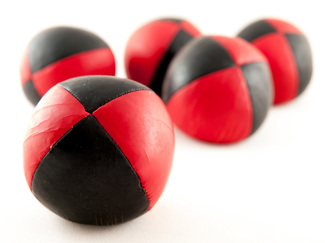
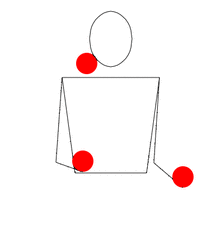
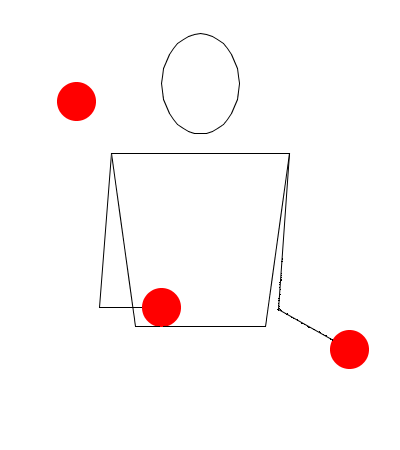
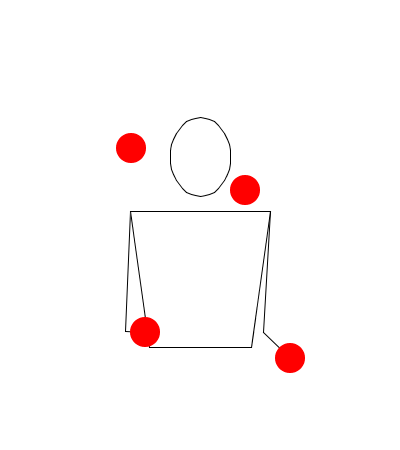
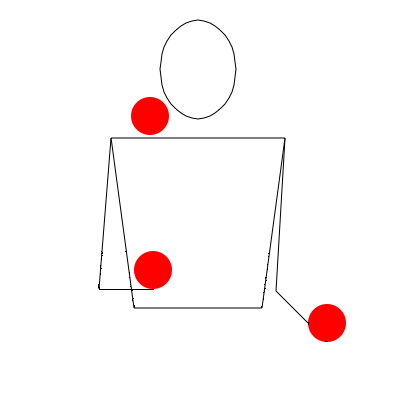

 RSS Feed
RSS Feed
